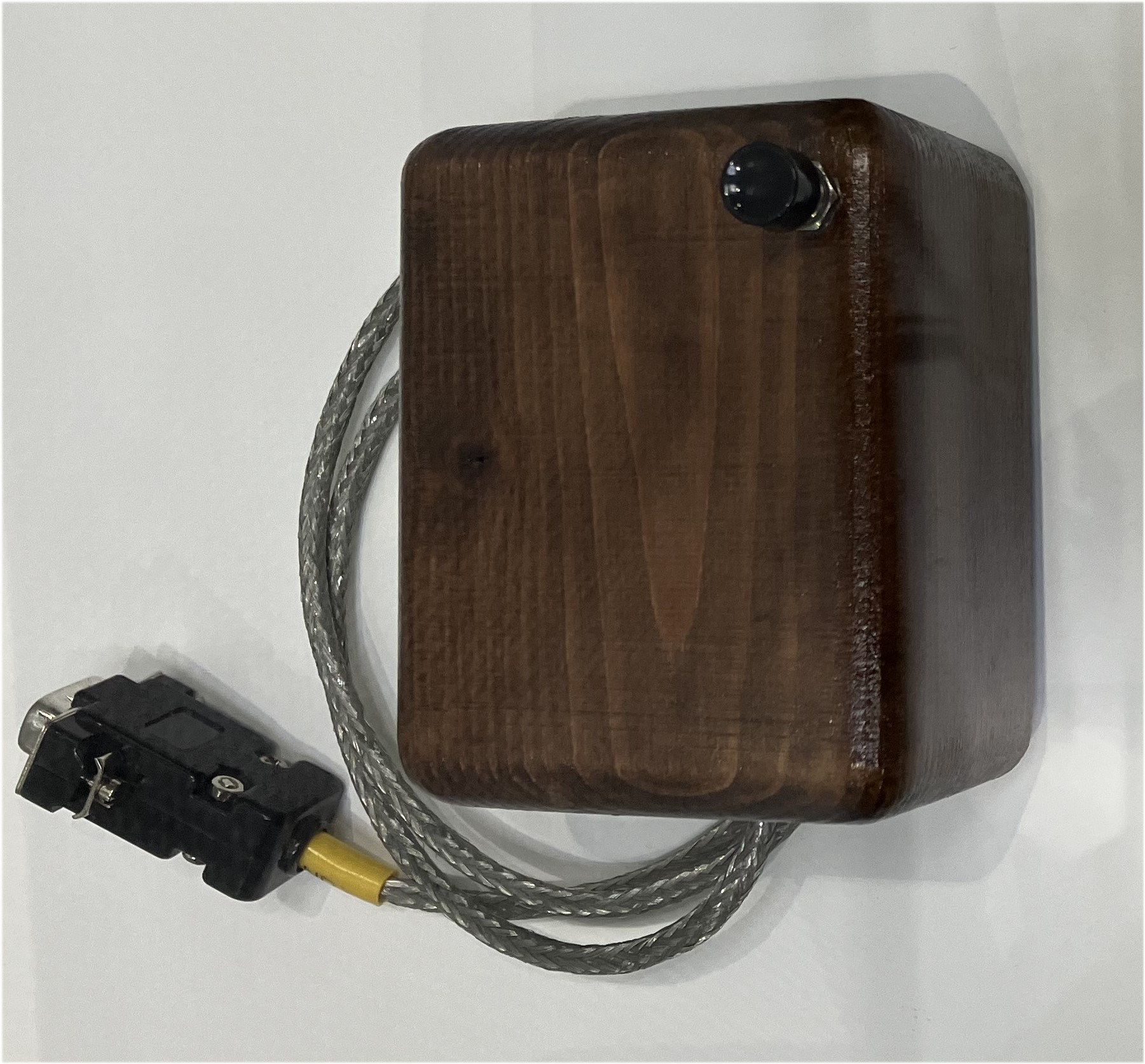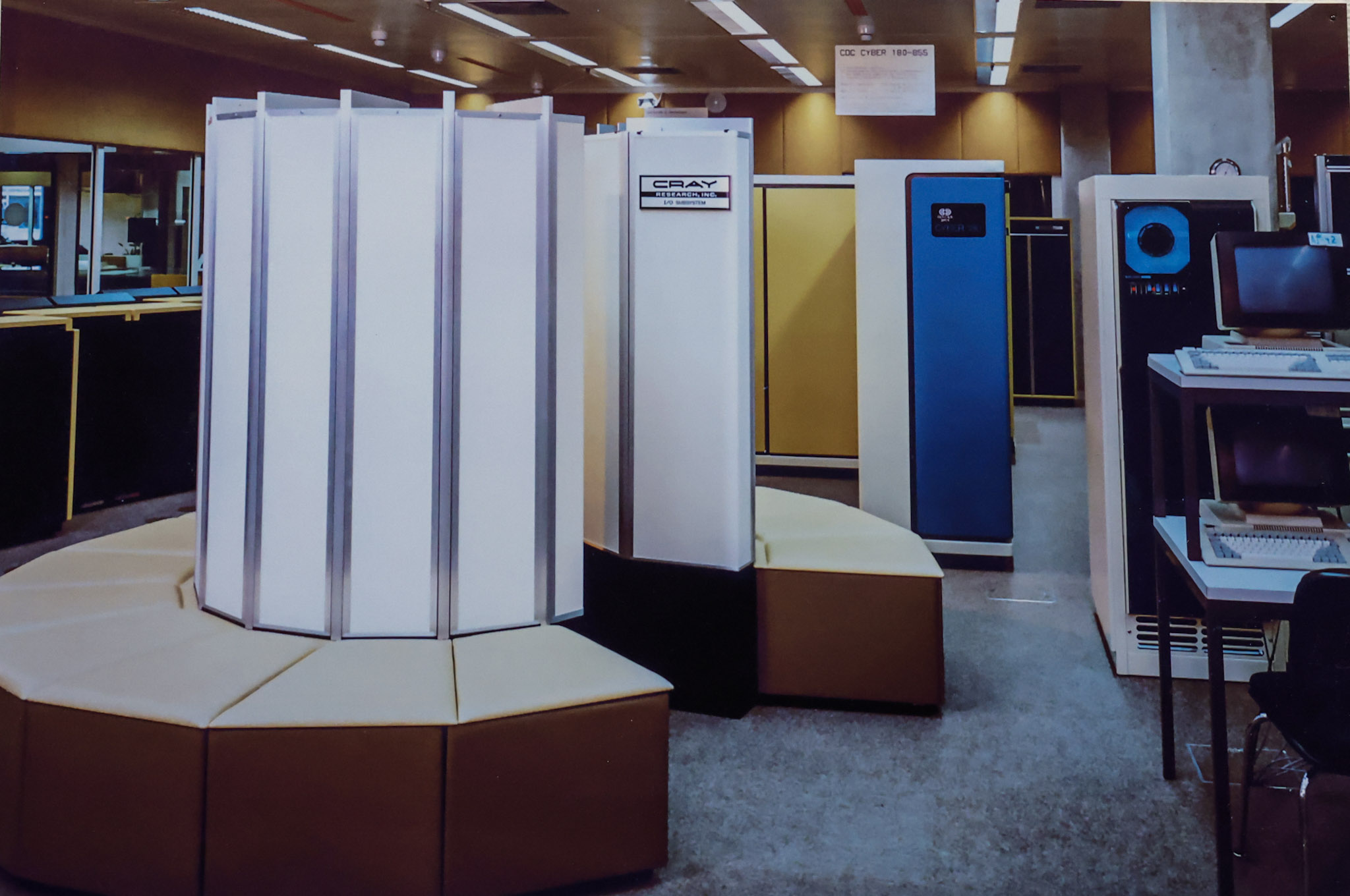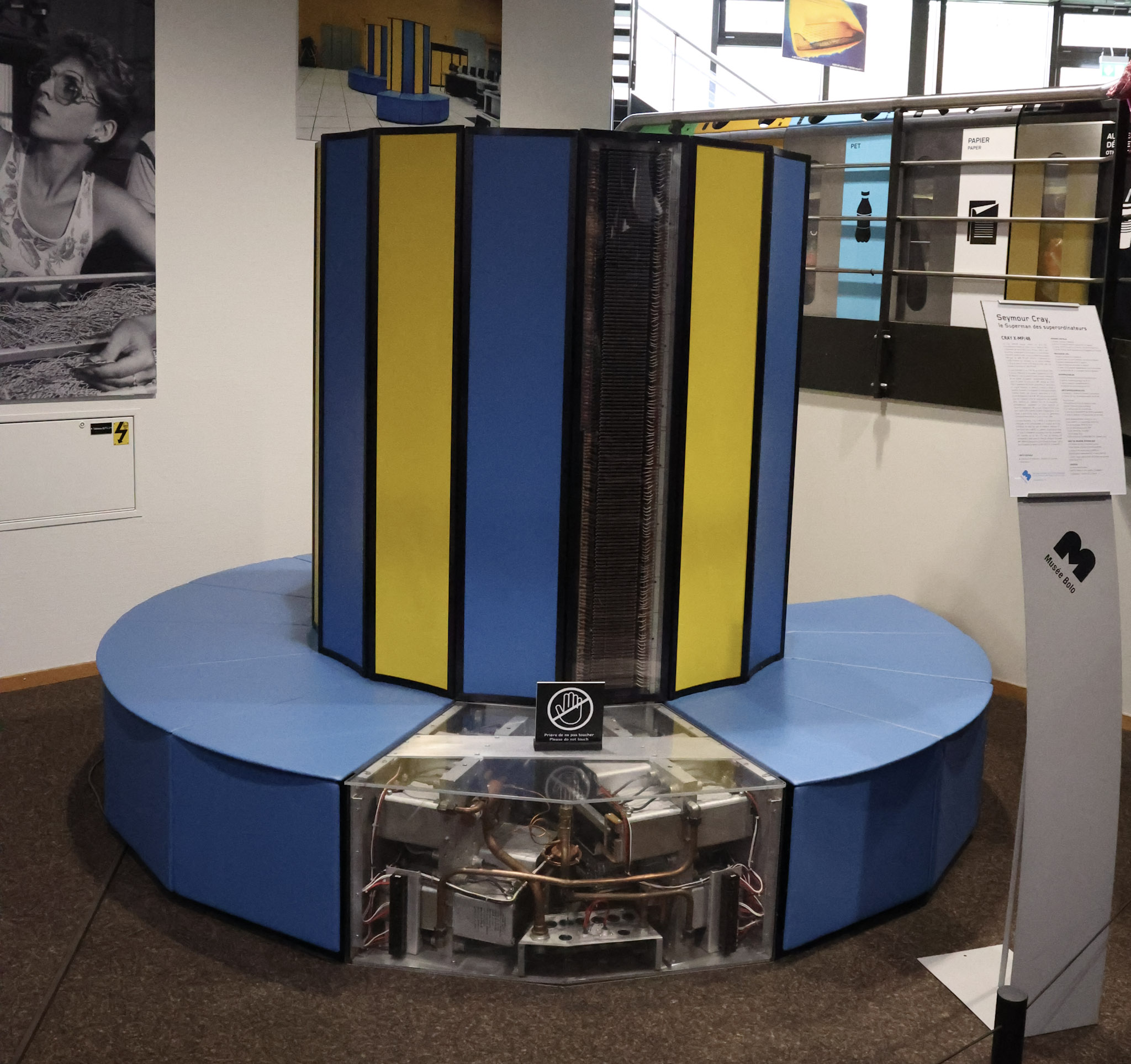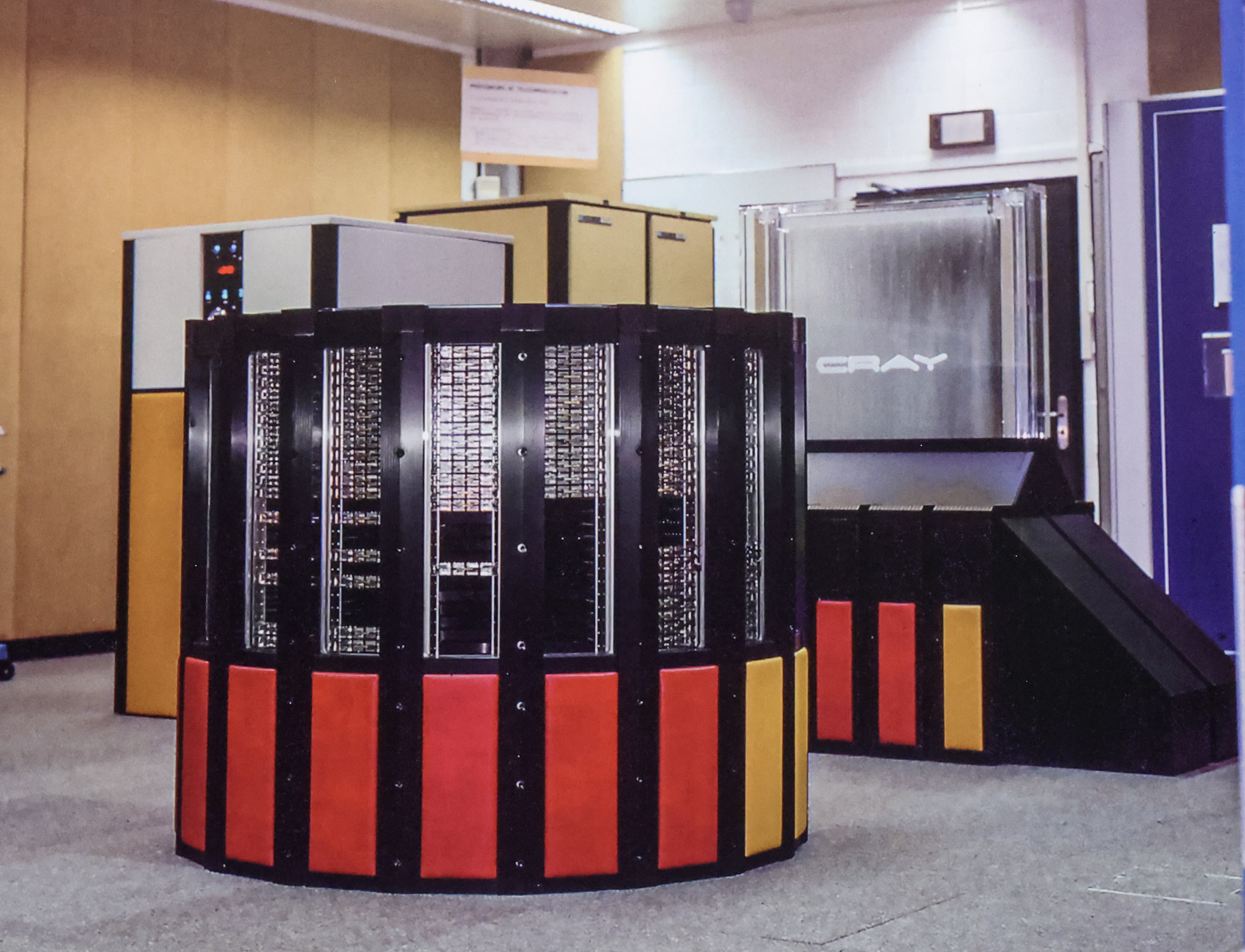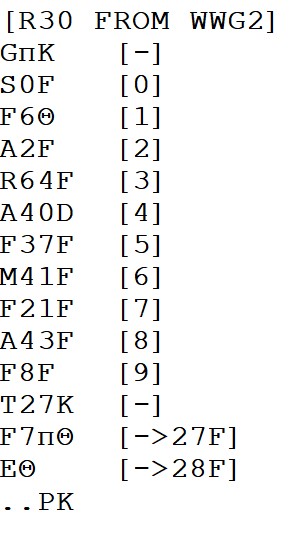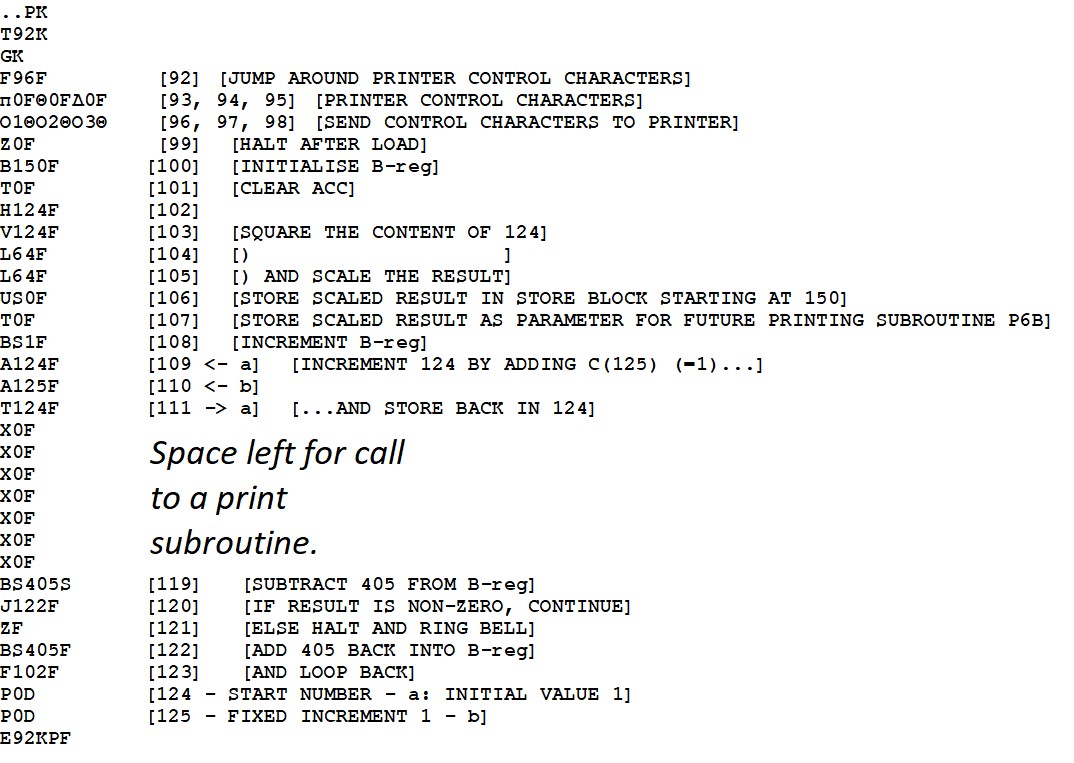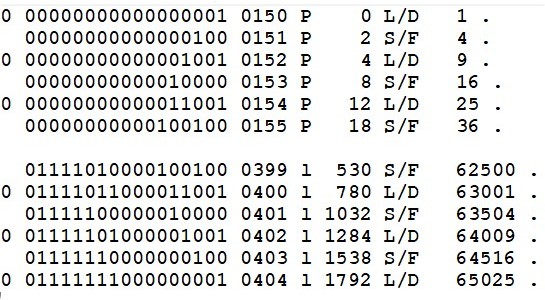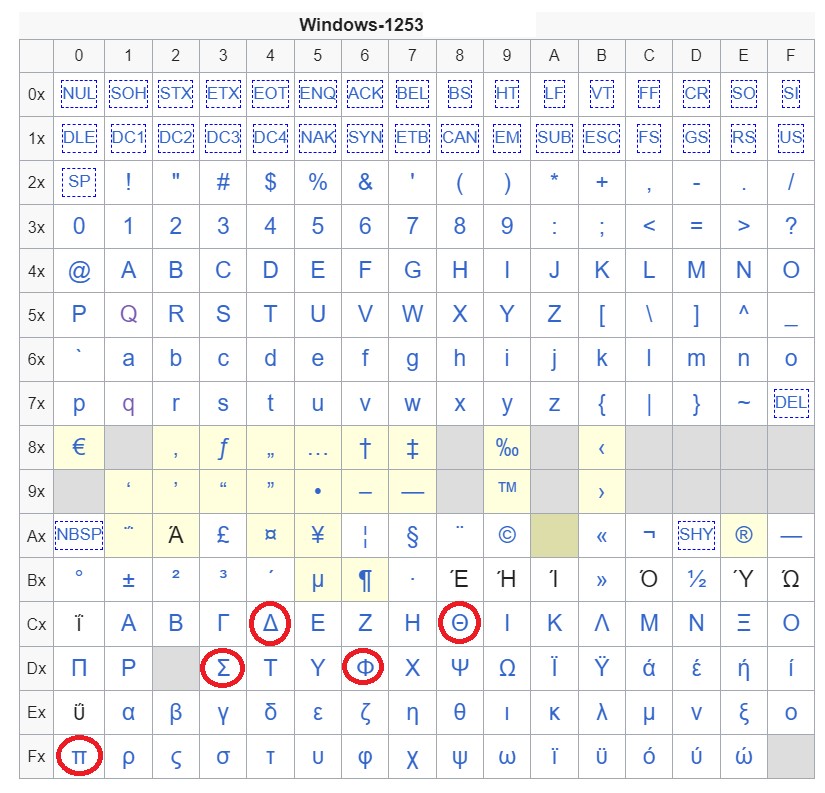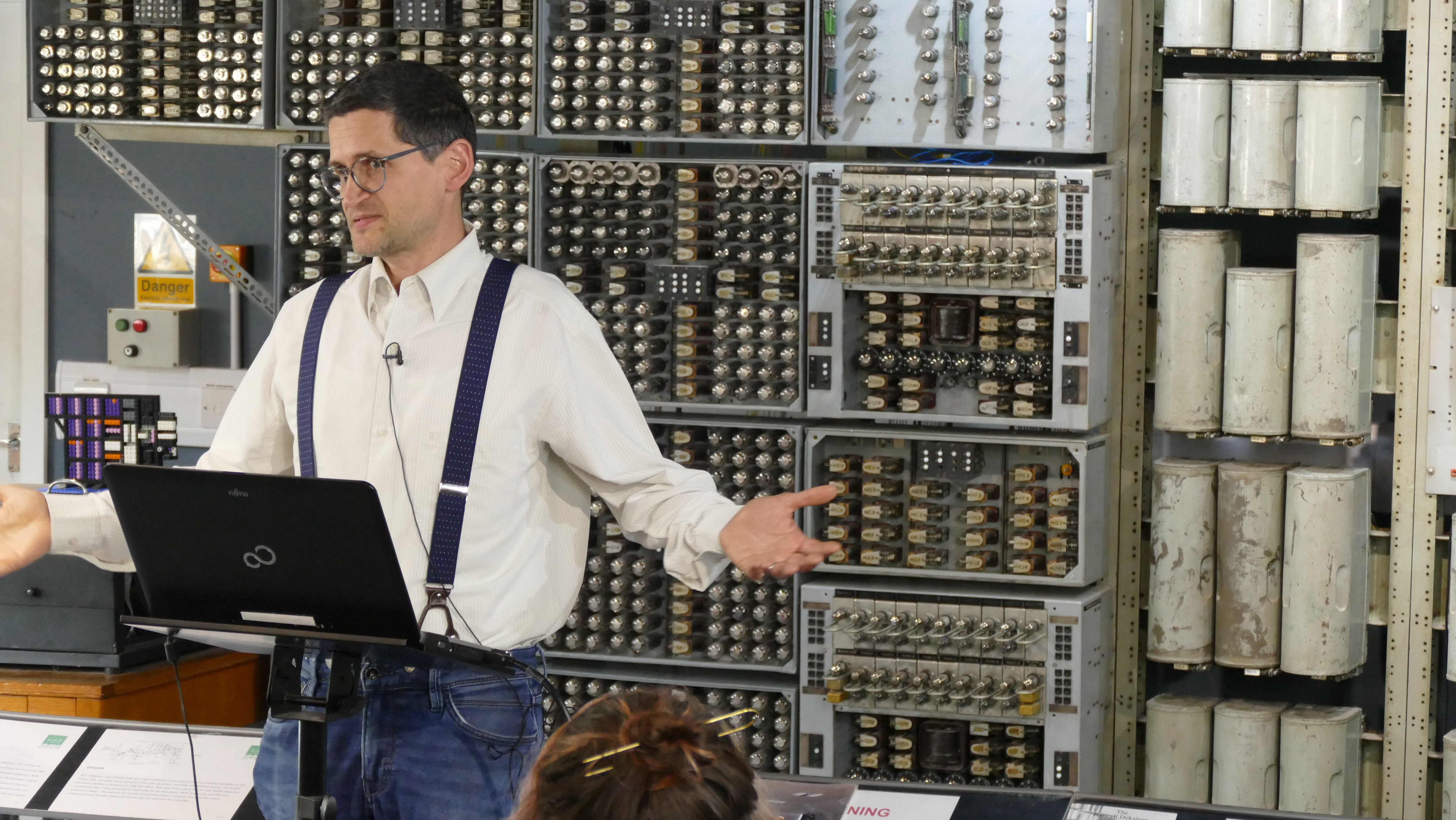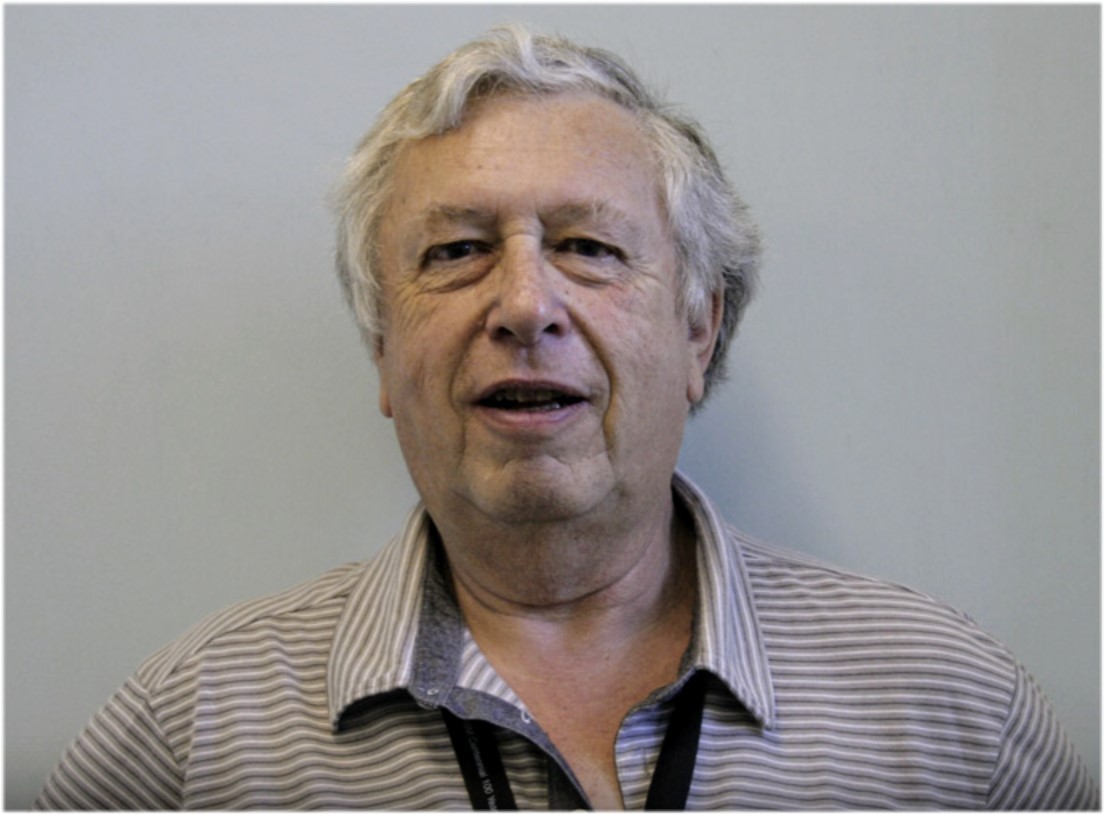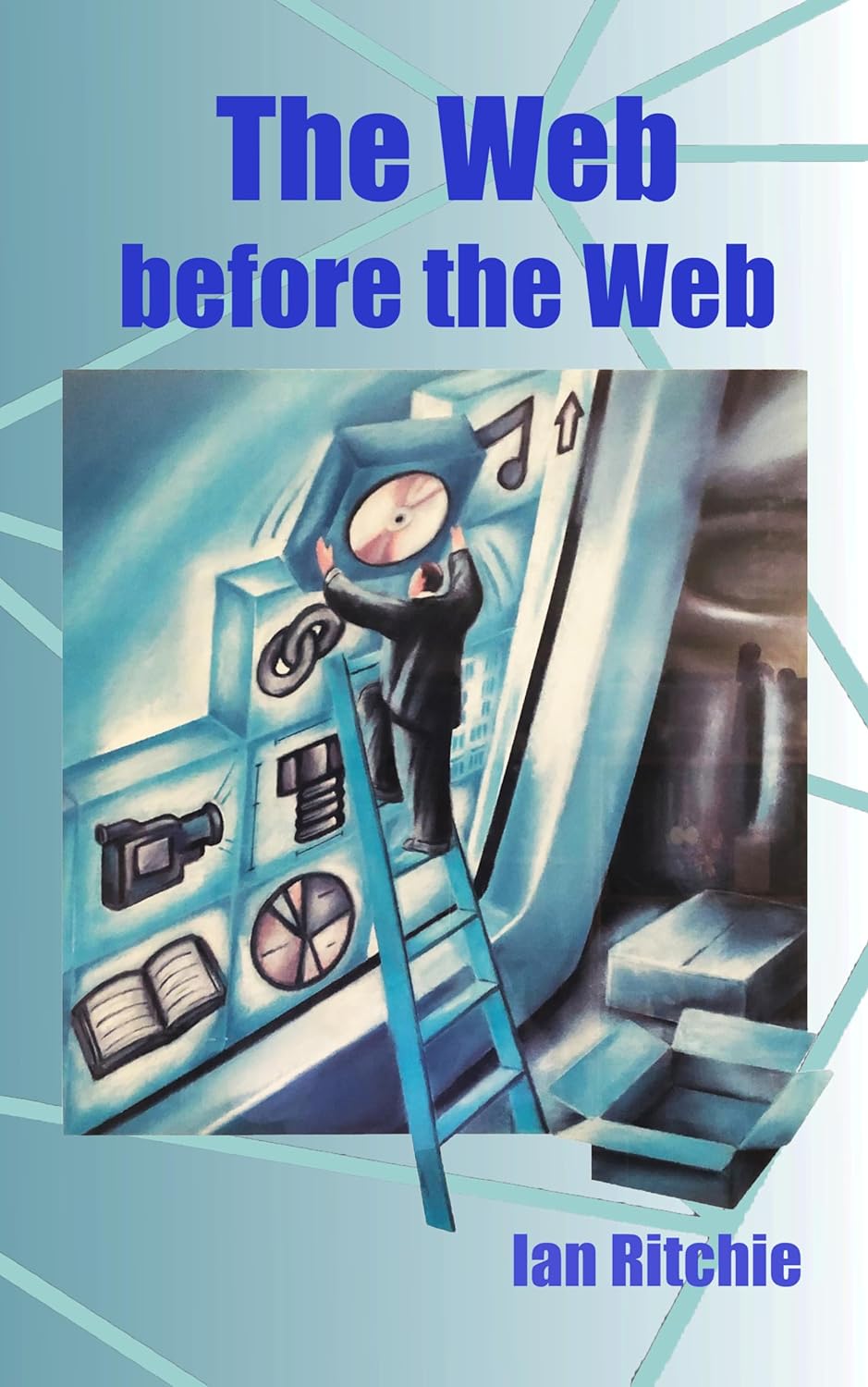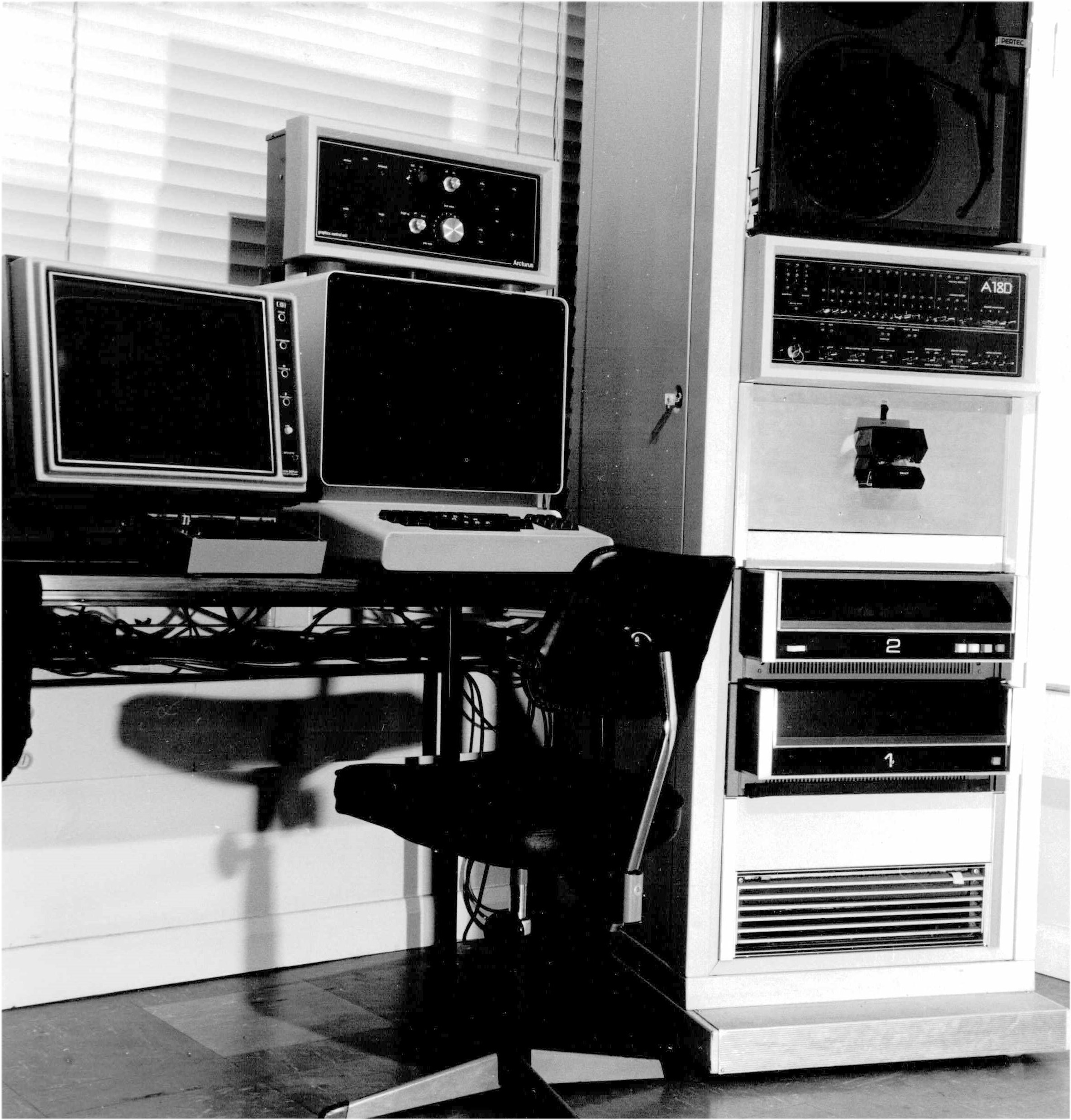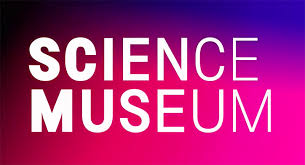50 Years ago .... From the Pages of Computer Weekly
Brian Aldous
Intel 8080 is ten times faster: Leading microprocessor manufacturer Intel has announced a new product, the 8080,
which is compatible with the established 8008 but is about 10 times faster.
A quantity price of $360 (£150) has been quoted in the US.
The new microprocessor is a fully parallel eight-bit unit with an instruction cycle time of two microseconds, and a
repertoire of 78 instructions.
It is a 40-pin device with 14 control lines, an eight-line bidirectional data bus and a 16 line bus for addressing the
memory and for input/output selection.
Through this bus system the 8080 can access directly up to 64K bytes of memory, operate up to 256 input and 256 output
channels and handle up to eight interrupt levels.
(CW 391 2/5/1974 p7)
Plans for test runs of TV data transmission: A unified national system of data transmission using domestic
television receivers has now been agreed between the BBC and the IBA and experimental transmissions are planned for the autumn.
The system incorporates features of both the BBC’s Ceefax, announced in October 1972, and the IBA’s Oracle,
which came out a few months later.
The principle of both systems is to make use of suppressed lines in the video transmission to carry data which can be
displayed on the television screen by means of a special adaptor.
The sponsors of the experiment envisage that the service could eventually be used for broadcasting such items as stock
market prices, sports results and weather forecasts, which could be frequently updated.
Since it would be a low cost medium, it could also carry classified advertisements and entertainment guides.
(CW 392 9/5/1974 p23) )
Argus aids Nottingham traffic flow: More details have been released of the dual Ferranti Argus computer system
to be used for controlling traffic flow in Nottingham.
Supplied as part of a £250,000 contract with Ferranti that includes traffic light controllers and Pelican crossing
equipment, the two Argus 700E computers, to be located at a traffic control room in the city centre, will each have a
41K memory and 10 million words of backing store on disc.
Peripheral equipment will include alphanumeric VDUs for use by control room staff and thermal printers for producing
permanent records.
The Argus 700Es will also be linked to an auxiliary control room at the Nottinghamshire Combined Constabulary communications
centre at Egglestone and to the local fire service headquarters.
(CW 392 9/5/1974 p23) )
MOS-memory minis launched: Continuity is the theme of new announcements this year, with the emphasis being placed
on preserving the customer’s peace of mind by designing new systems to be completely compatible with the
manufacturer’s existing product line.
Announcing the first two of its new 21 MX series of computers, Hewlett-Packard made it clear that it does not intend to
stray from this trend, stating categorically that the two machines, the 21-M/10 and the 21-M/20 are fully compatible with
all existing Hewlett-Packard minicomputers.
Seen for the first time anywhere at Hanover last week, and scheduled to make their UK debut at Eurocomp, the new minis will
not be seen in the US until next month.
The 21 MX series does not impact at all on the 3000 series, but will eventually supersede the 2100, which will nevertheless
remain in production for at least 18 months.
The new machines are aimed primarily at the OEM market, where Hewlett-Packard does more than half its business, and orders
for delivery from August will at first be taken only from customers wanting five or more machines.
End-user deliveries should start in January, 1975.
The two new user-programmable 16-bit minicomputers have a newly-designed central processor, memory unit, power module and
mainframe, the input-output channels being the only feature unchanged from the 2100.
(CW 392 9/5/1974 p29) )
GEC equipment for Underground project: A £700,000 project, financed by the government and the Greater
London Council, to improve services on the Northern and Victoria lines of London’s Underground railway system has
been announced by London Transport.
As the first stage in the project, a £300,000 order has been placed with GEC-General Signal Ltd for a dual 192K byte
GEC 4080 installation, together with two 4.
Megabyte cartridge disc units and associated equipment from the GEC March 4 series, for railway control purposes.
Scheduled to be installed during 1975 at the Euston control centre for the two Underground lines, the control system will be
developed over a five-year period.
When fully operational, the system is expected to provide a regular service, particularly on the Northern Line, by making the
best possible use of available staff and rolling stock.
One of the 4080s will be programmed with data including train timetables and crew duty schedules, and will also take on the
logging of the movements of up to 140 trains.
VDU terminals will be installed at the Euston control centre to access the 4080 for information on train and crew positions
at any time.
In addition, depots and crew relief points will be fitted with online teleprinters.
(CW 393 16/5/1974 p3) )
Com-Share’s DBMS aids navigation system evaluation: The latest series of efficiency evaluations to be performed
on Decca Navigator’s Omnitrack air navigation system is to be aided by the use of the Composit 77 database
management system, provided by Com-Share’s London bureau.
Omnitrack is based on a Decca minicomputer carried on board the aircraft.
This operates a moving map display, according to data from the aircraft’s internal instruments, thus enabling its
position to be deduced without reference to signals from ground stations.
The system can also drive the automatic pilot.
Decca claims that the use of Omnitrack results in a saving of fuel and a simplification of air traffic control.
The main purpose of the current assessment is to test the accuracy of these claims.
To this end, a detailed comparison is to be made between air routes equipped with Omnitrack and those not using the system.
The data obtained will be collated and analysed using Composit 77.
Com-Share anticipates that the eventual size of the database will exceed two million characters.
(CW 394 23/5/1974 p12) )
1903T/2903-based medical project: Following local government reorganisations in April, the new Mersey Regional
Health Authority, in Liverpool, is to undertake an ambitious medical project based on an ICL 1903T front-ended by a 2903.
The installation will eventually replace an existing 1902 system in Liverpool and have a wide range of medical and
administrative applications.
Scheduled to be installed in a new computer centre next January and to go live in April, the 1903T, with 96K core memory,
will maintain a service for a large region around Liverpool, from Southport to Macclesfield and Crewe, including the
Wirral area.
Major applications to be supported include payroll for about 50,000 health employees; accounting; hospital activity analysis;
and hospital information systems for three large hospitals using offline STC terminals.
The 2903, which is expected to be delivered at the end of next April, will be used in an experiment, supported by the
Department of Health and Social Security, and run by the Liverpool Area Health Authority (Teaching).
In all, 16 VDUs will be located in an adjacent, new medical teaching centre, scheduled for completion in early 1976.
The 2903 will be used partly to test out the viability of running small machines in hospitals, which are supported by
mainframes such as the 1903T, for file handling work.
Other uses for the 1903T include radiotherapy dosage planning; medical record keeping; and the support of an experiment,
again under the auspices of the DHSS but run by the MRHA, into the use of computers in pathology areas.
(CW 394 23/5/1974 p13) )
PSI aids colour TV: Special software written for a Digital Equipment PDP-8 by Programming and Systems
Implementation Ltd has produced improvements in inspection routines for high precision shadow masks used in the
manufacture of colour TV tubes at Thorn Electric’s Skelmersdale plant.
The machine used for inspecting the masks is a Ferranti Cordax unit which incorporates a specially designed probe
to move very precisely in x, y and z axes under the control of the PDP-8.
This measures the minute and critical distances between the 440,000 holes in the mask.
The location of each hole determines the exact position where the three electron beams, corresponding to the primary
colours red, blue and green fall on the television screen to produce the colour picture.
PSI says the software it has written for the PDP-8 has increased the number of holes for which co-ordinates can be
recorded by the computer from 98 to 1,000 and sequential operation has reduced the computer time for testing each
mask by 50 per cent.
(CW 395 30/5/1974 p11) )
UK police databank goes live: Two years after the installation of a twin Burroughs 6700 system, the first phase
of the Police National Computer project has been completed.
This is regarded as a milestone by both Burroughs and the Hoskyns Group, which has been responsible for software development.
The computers, which are situated at Hendon, in North London, form the heart of a nationwide network giving police forces
throughout the country access to 5,000 million characters of information via 800 VDUs and associated printers, 300 of
which have been installed so far.
It is believed that this central file constitutes one of the largest single on-line databases in civil government use,
and demonstrations on the Home Office stand at this week’s Communications 74 exhibition and conference in Brighton
will show how the network will help the policeman on the beat.
(CW 396 6/6/1974 p1) )
Ultrasonic aid in fight against cancer: An ultrasonic scanning technique for the early diagnosis and monitoring
of treatment of cancer has been developed by scientists at the Institute of Cancer Research working with doctors at
the Royal Marsden Hospital, Sutton, Surrey.
At present the sound waves from the ultrasonic probe are converted into an echo picture which is displayed on a monitor
screen and photographed with a Polaroid camera for further study.
But only a fraction of the information contained in the sound stream can be accommodated on the screen, and the team
plans to use a Digital Equipment PDP-8/e mini to record and process the data more fully.
Analysis of such parameters as the scatter and attenuation of the received sound is ultimately expected to enable doctors
to make a very precise determination of the nature of the various areas of tissue revealed by the ultrasonic probe,
which produces a series of representations of “slices” through the organ under study.
Soundwaves, being a form of energy, can be harmful in large concentrations, but the technique used at the hospital
requires less than a thousandth of the minimum dose which could be harmful.
In addition, unlike X-rays, harmless doses of sound waves have no cumulative effect, so that the technique can be used
regularly and frequently on a patient undergoing treatment with no danger at all.
(CW 396 6/6/1974 p40) )
NPL, Iria networks in Anglo-French link: The first test of “host-to-host” protocols between the
National Physical Laboratory’s computer network and the French Cyclades network are expected to be made next week.
A CTL Modular One on the NPL network is linked via Codex modems and a 9,600 baud line to one of the five CII Mitra 15s
which make up Cigale, the Cyclades network switching system.
Communication with the Mitra 15 mini, which is at Iria, the Institut de Recherche d’lnformatique et
d’Automatique has been at the lowest level using the IBM BSC line control protocol, which has been adopted for
Cyclades because of the IBM machine on the network, and on top of that packet formats have been transmitted.
Some of these dummy packets, or “bubbles” as the French call them, have been dropped into the Mitra 15,
while others have been sent with NPL as the address and these have been returned by Cygale.
(CW 397 13/6/1974 p1) )
Laser-based system from InterScan: Still hoping for an upswing in the sluggish UK market for OCR equipment,
InterScan plans to introduce a completely new laser-based system here next month.
Known as the InterScan Laser One, it will compete directly with the IBM 3866 in the low-to-medium price bracket.
At the same time, InterScan’s German subsidiary has sold a Scan Data 2250 reader in Switzerland which the c
ompany believes to be the first anywhere in the world to read all 26 alphabetic characters in handprinted form in a
full-scale live data capture operation.
The Laser One is manufactured in the US by Optical Business Machines, of Melbourne, Florida, and about 25 systems
have been installed and another 20 are on order.
The machine reads characters using a laser beam scanner at a speed of about 350 ch/sec.
Models can be supplied to read either the OCR A or OCR B fonts, plus handprinted numeric characters.
Sizes of forms handled can vary from A4 down to 5 by 3 inches, single line documents or stubs.
(CW 397 13/6/1974 p56) )
Microprocessor bid by Ferranti: In a bid to stake a claim in the world microprocessor market which, it is
estimated, will be worth £500 million by 1980, Ferranti is developing its own “computer on a chip”.
The F100L, as the new unit is known, is due to become available in 12 to 18 months’ time at a price of about
£150 for OEM quantities.
Manufacture of the 16-bit microprocessor will utilise the collector diffusion isolation LSI technique developed by
Ferranti for fabrication of integrated circuits.
Basically, collector diffusion isolation is a simple, high-yield bipolar process which requires only five masking
operations, offering the function densities of MOS and related technologies.
The logical design of the F100L was carried out by the digital systems division of Ferranti, at Bracknell, Berks,
and trials and manufacture are being handled by the electronic components division, at Gem Mill, Lancashire.
A spokesman for the company, at Gem Mill, told Computer Weekly that a trial chip had been nearly completed, and a
TTL gate-for-gate equivalent had been made, for software development and rigorous testing purposes.
The F100L is a single address, single accumulator fixed word length central processor with a 16-bit word length
with twos complement fixed point arithmetic.
In addition, direct addressing and indirect addressing, with or without automatic indexing, are provided.
(CW 398 20/6/1974 p1) )
London link to Arpanet enables otherwise impossible UK research projects to get off the ground: The London link
to Arpanet is now in its eighth month of full operation, and at a Users’ Meeting in mid-March, no fewer than 50
representatives from 16 universities and 13 research establishments attended.
Already several research projects have been started in the UK which would not have been possible without access to the network.
So far 25 applications have been approved by the UK Governing Committee, which consists of Professor Peter Kirstein of
University College London, Donald Davies of the National Physical Laboratory, and Roy Bright of the Post Office.
Funded by the Advanced Research Projects Agency, Arpanet currently links over 60 host computers all over the United States,
including Hawaii, and these range from the giant Illiac IV, now at Ames Air Force Base in California, down to Nova minis.
In the UK the IBM 360/195 at the Rutherford High Energy Laboratory is also now a host on the network.
UK access to Arpanet is via a TIP, Terminal Interface Processor, loaned by ARPA and installed at University College, London.
The London TIP is linked via a line provided by the Post Office to another TIP at the Norwegian Seismic Array Centre, Norsar,
and thence by transatlantic cable to a TIP in Washington.
An experiment planned to begin in the summer will offer an alternative route, via satellite.
SIMPs, Satellite Interface Message Processors, will be installed at Goonhilly and at the US ground station, and connected by
a 56kbaud digital channel operated in broadcast mode.
Full details have yet to be worked out, but the British Post Office insists that the line to Norway must be maintained for
the duration of the experiment.
(CW 399 27/6/1974p24) )
The OCR wand casts its spell on the PoS market: The low-cost OCR wand, based on LSI technology, which is being
developed by Recognition Equipment, has a wide range of applications with terminals, point-of-sale units, and is also
expected to be of interest to banks.
The wand is based on a 2.5 mm high solid state LSI chip in its nose which incorporates a 16 by 38 matrix of light sensitive
elements.
The character being read is illuminated by two adjacent light bulbs and the reflected light stimulates a pattern of electrical
impulses in the LSI matrix.
These impulses are accepted by electronics in the wand handle which streams each of the impulses into one of 16 voltage
levels, corresponding to one of 16 shades of grey.
The wand is linked via a flexible cable to additional electronics, which can be housed in the parent terminal, and which
carry out such functions as character recognition using the feature analysis technique, and the assignment of an output
code acceptable by the terminal’s logic.
(CW 400 4/7/1974 p25) )
Laboratory on the right the lines: A mobile laboratory, which includes Hewlett-Packard equipment, is currently
being used by British Rail in experiments it is conducting on Inter-City express trains.
Known as Test Coach Mercury, the laboratory is being used between London and Birmingham.
If successful, the experiments could form the basis of a system which would display information to drivers about the
running of their trains.
Initially, 30 Plessey transponders have been fitted on the northbound Euston-Birmingham track, and by the end of the
year about 150 units will have been installed to cover operation in both directions.
As Mercury passes over the transponders, signals are transmitted from an underfloor aerial.
On receipt of a signal, each transponder generates a unique code in the form of binary coded decimal numbers, which
can be used to represent messages, such as a position code or a speed restriction.
The returning signal from the transponder is fed in to processing equipment and the resulting code passed to an H-P 2116B
minicomputer.
This then checks the data received against a known sequence held in store, and the results recorded on paper tape for
later analysis.
(CW 401 11/7/1974 p10) )
Micro16V base system to help fight diseases: A nine-year project undertaken by Dr Ken Bagshaw, head of the Oncology
Department at Charing Cross Hospital, London, has resulted in a minicomputer-based system, the ramifications of which
should have a profound effect on the treatment of malignant diseases.
Developed jointly with minicomputer manufacturer Digico of Stevenage, Herts, the on-line automated radioimmunoassay
analytical system, known as Darias, is based on a Micro 16V processor with 16K store.
Radioimmunoassay is a special technique for the precise measurement of specific substances such as hormones, tumour
antigens and drugs which are found in minute concentrations in biological fluids such as blood and urine.
The technique involves adding radioactive labelled antibodies to samples of such fluids, successive dilutions of the
solutions and measurement using a radioactivity sensor.
Both the input and dilution unit and the radioactivity sensor device are under the direct control of the Micro 16V.
Once samples have been diluted, they are filtered onto a special flexible plastic tape, the assay tape.
This is then placed in the sensor device which executes a counting function in conjunction with a paper tape produced at
the sample insertion of the assay.
(CW 403 25/7/1974 p2) )
Saab-Scania units for Ariane rocket: Under an ESRO contract worth between £600,000 and £1million, the
Aerospace Division of Saab-Scania is to supply nine special purpose computers for the Ariane rocket, a 200-ton three-stage
launch vehicle, which is the biggest ESRO project so far.
Ariane has been developed by a consortium headed by CNES, the French national space agency, with the aim of producing a
European launcher to put up geostationary telecommunications and research satellites in the 1980s.
The computers are Saab OBC/AR modular space machines designed for ultra-high reliability.
They will be installed on board the rockets to control manoeuvres in flight such as attitude, direction, inclination and height.
Designed for high reliability, the OBC/AR was developed under an earlier ESRO contract placed in 1972.
It is a compact and robust unit weighing 10 lb and will handle real time and multiprocessing functions.
The modules include bus controller, processor, direct memory access and interface buffer.
(CW 404 1/8/1974 p1) )
Air traffic control data handling improved: An attractive alternative to the use of large-scale central computers
for data handling and display systems in air traffic control, air defence and other communication and control systems,
has been introduced by Marconi Radar Systems, a GEC subsidiary.
Called Locus 16, the system makes extensive use of distributed processing in a way which makes even a conventional
minicomputer seem inflexible.
As a result, designers are able to build into each control point of a network all the data processing and storage
required to meet the needs at that particular point, and have the freedom to design each control point separately
on a one-off basis where requirements vary from one control point to another.
There are several benefits to be derived from such an approach.
The redundancy which needs to be built into such a system can be limited to one or two Locus 16 units, whereas in a
centrally computer-controlled network, a mainframe on stand-by is normally needed.
If a central computer is required, it can be much smaller than would otherwise be necessary, and would not cause the
network to go down if it were to be put out of action.
Any number of Locus 16 units can be interconnected using two-wire serial links.
In a typical air traffic control system Locus 16 units would be installed at the radar sites to receive input data,
and at each operator position.
Each unit would be configured according to the local application, by plugging in appropriate circuit board modules
– processors, display handlers, communication handlers and storage.
(CW 405 8/8/1974 p3) )
Algorithms improve EMI-Scanner system: Improved algorithms are the key to a four-fold improvement in picture
resolution on the EMI-Scanner, the computer-aided brain X-ray system built by EMI around the Data General Nova 820 mini.
Using the new algorithms, which were developed at EMI’s Central Research Laboratories, a considerable improvement
in cranial diagnosis has been achieved, says EMI, particularly in the field of orbital examinations which cover
investigations of the eye, the optic nerve and the tissue behind the eye.
This is because using conventional X-ray techniques it is necessary to inject radio-opaque substances into the optic
region to improve definition, subjecting the patient to considerable risk and demanding exceptional skill in the
control of the X-ray dose.
With the new package, optic nerve and eye-structure features are clearly visible.
(CW 405 8/8/1974 p9) )
Radar simulator based on PDP11: A radar simulator system, the SY2084, based on Digital Equipment PDP-11
minicomputers has been announced by Solartron-Schlumberger, of Famborough, Hants.
Depending or customer requirements, the Solartron equipment is built around any unit of the PDP-11 range, with total
system costs ranging from about £50,000 to over £1 million.
Current applications for an SY2084 are in air traffic control and marine navigation simulation but, the company claims,
potential applications are passenger check-in and baggage handling work.
The system incorporates a Solartron-designed interactive display keyboard terminal which allows an instructor to
communicate directly with the PDP-11.
Software held in the PDP-11 was written by Solartron.
In addition to the terminal unit and PDP-11, the system also contains two other new products, a digital video map and
a plan position indicator display which can be used for both simulation and operational radar applications.
(CW 407 22/8/1974 p48) )
Low-cost two-chip microprocessor: A two-chip microprocessor which, the manufacturers claim, promises to be the
most cost effective such system available, is to be launched next year by Fairchild Camera and Instrument Corp.
Called the F8, and using Fairchild’s isoplanar technology, its minimum configuration comprises a central processor
chip and a read-only memory chip, both of which include I/O ports and clock generators to reduce the need for external
components.
The CPU chip has 64 bytes of random-access memory and on-chip interface circuitry, which, says Fairchild, permits several
functional variations to be made by software changes only, instead of the hardware changes that have to be made in other
microprocessors.
Likely areas of application for the F8 include point-of-sale terminals, intelligent peripherals, process controllers,
major appliance controls, test and measurement equipment and communications systems.
(CW 408 29/8/1974 p7) )
|

